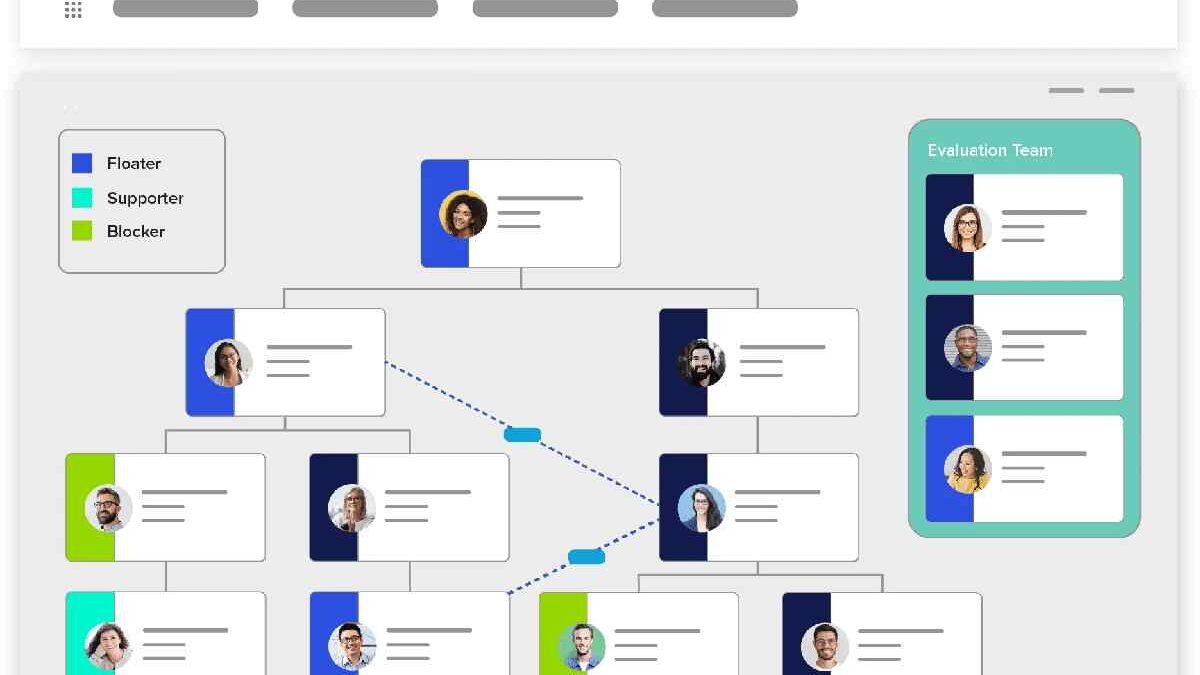The Benefits of Relationship Mapping in Salesforce for Sales Professionals – Understanding the connections between prospects, leads, and clients in the fast-paced sales world is crucial to success. Relationship mapping in Salesforce provides a powerful tool to help sales professionals navigate complex networks and uncover new opportunities. By visualizing connections, sales teams can leverage their CRM data more effectively, allowing them to close deals faster and more efficiently. Below, we will explore how relationship mapping can significantly benefit sales professionals in key areas, including lead generation, sales strategy, and team collaboration. Keep reading to understand its impact.
Table of Contents
Enhancing Lead Generation with Relationship Mapping

Effective lead generation requires a keen understanding of how potential clients are connected within an organization. Relationship mapping in Salesforce enables sales professionals to visualize the web of relationships within and across companies. This insight helps identify key decision-makers, influencers, and potential barriers to conversion early in the sales process.
By integrating relationship mapping for Salesforce, sales teams can identify influential individuals and leverage connections to improve the quality of leads. Sales professionals can tailor their outreach based on real-time data, maximizing the likelihood of conversion. Mapping out relationships allows for identifying prospects who are more likely to engage with tailored messaging that speaks directly to their needs.
Through relationship mapping, sales teams can also predict where the highest potential lies regarding lead qualification. This leads to a more refined approach to targeting and outreach. Rather than casting a wide net, sales teams can concentrate their efforts on high-value prospects directly connecting to decision-makers.
Furthermore, relationship mapping can uncover previously overlooked opportunities. Sales professionals can trace connections between contacts that might have been underutilized or not recognized. These new relationships provide a broader network to tap into, enriching the lead generation pipeline with fresh prospects.
Streamlining Sales Strategies Through Connection Insights

Sales strategies thrive on accurate, actionable insights. Relationship mapping equips sales teams with the necessary tools to understand how individuals within a company are connected. This enables the development of a sales strategy that is based on informed decisions rather than guesswork. With this clarity, sales professionals can prioritize efforts and create personalized sales approaches.
When sales teams comprehensively view their contacts and relationships, they can adjust their strategies to align with existing networks. This mapping empowers professionals to identify patterns that might not be immediately visible through traditional sales metrics.
Moreover, this insight supports the development of more effective outreach campaigns. By mapping connections, sales teams can target the right individuals with the right message, improving engagement rates. Knowing the influencers and gatekeepers in a potential client’s network helps craft an outreach that speaks directly to those most likely to make a buying decision.
Relationship mapping also supports long-term sales strategy by enabling the tracking of relationships over time. Sales professionals can monitor how networks evolve and adjust strategies as needed. This continuous evaluation allows for improved decision-making and the ability to capitalize on new opportunities as they arise.
Improving Collaboration and Closing Rates in Salesforce
One of Salesforce’s core strengths is its ability to facilitate collaboration within sales teams. Relationship mapping enhances this by providing a clear, shared understanding of each team member’s connections and responsibilities. This shared insight fosters better communication and alignment across the sales team, ensuring everyone is on the same page regarding key opportunities.
Sales professionals working with relationship maps can quickly identify who is best suited to engage with a particular lead or client. The clarity that relationship mapping offers enables team members to collaborate more effectively and avoid redundant efforts. By knowing who is working with which prospect, teams can allocate resources more strategically, improving the efficiency of their outreach.
Collaboration isn’t limited to the internal dynamics of the sales team. By having visibility into client relationships, sales teams can improve their engagement with external stakeholders. Relationship mapping helps professionals identify key decision-makers, influencers, and potential champions who could help advance a deal toward closure.
Furthermore, relationship mapping can contribute to higher closing rates by ensuring that the sales process is more personalized. By understanding the intricate connections between people, sales teams can address the concerns and motivations of each individual involved in the buying decision. This leads to more effective negotiations and a smoother path to closing, increasing overall success rates.
Altogether, relationship mapping in Salesforce offers sales professionals a powerful tool to enhance lead generation, refine sales strategies, and foster collaboration. By leveraging these insights, teams can streamline their efforts and improve closing rates, ultimately driving greater success.

